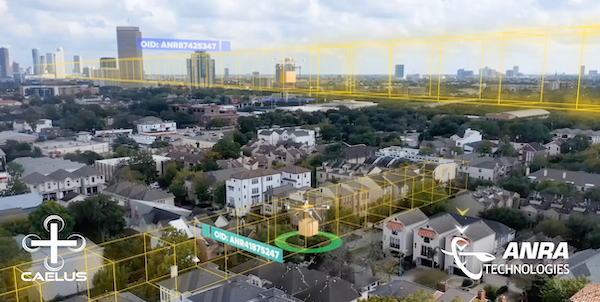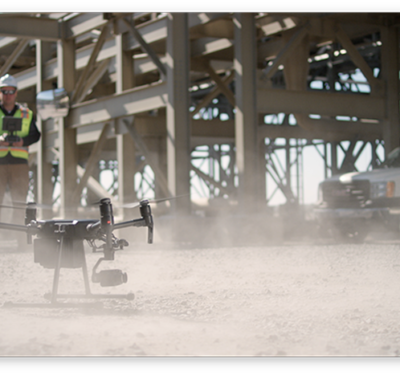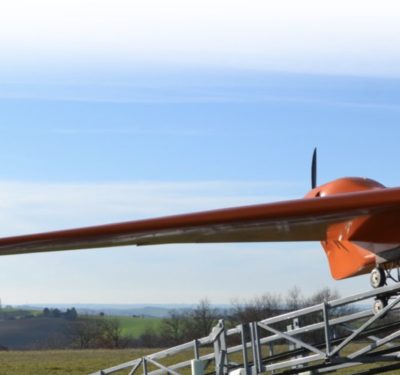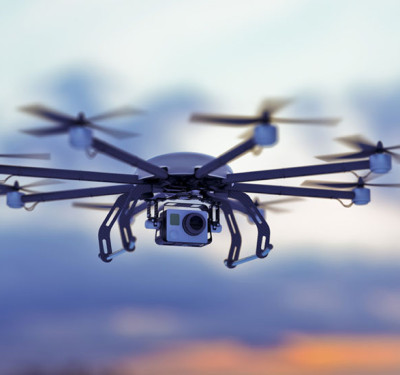 The Care & Equity-Healthcare Logistics UAS Scotland (CAELUS) consortium is working to develop a first-of-its-kind distribution network in the UK, leveraging drones to transport essential medicine, organs, blood and other medical supplies throughout Scotland. This effort is designed to enhance access in rural parts of the country.
The Care & Equity-Healthcare Logistics UAS Scotland (CAELUS) consortium is working to develop a first-of-its-kind distribution network in the UK, leveraging drones to transport essential medicine, organs, blood and other medical supplies throughout Scotland. This effort is designed to enhance access in rural parts of the country.
Led by AGS Airports, the consortium recently secured £1.5 million from the UK Industrial Strategy Future Flight Challenge Fund for this project, according to a news release. The project kicked off last December and will eventually involve live autonomous drone flights.
The group will need to develop ground infrastructure to recharge the drones and the systems that control them while in flight, as well as create pathways to ensure drones and civil aircraft can safely share the same airspace. Public safety, security and noise levels are also important considerations.
Consortium member ANRA Technologies is leading the development and architectural framework of the group’s Drone Logistics Network, system-of-systems digital demonstrator. The demonstrator will include digital representations of the unmanned aerial vehicles (UAVs), the UAS Traffic Management (UTM) simulator, the energy system infrastructure, fleet management and medical order fulfilment software, providing the foundation for a digital twin for medical drone deliveries in Scotland. The company’s SmartSkies UTM, SmartSkies DELIVERY and MissionManager will serve as the demonstrator’s foundation.
“We’re starting by doing everything in a simulated world and then following that with live flights,” ANRA Technologies CEO Amit Ganjoo said. “There’s a lot to take into account for these beyond visual line of sight deliveries, such as what kind of package will be on the drone, how to manage temperature for organs and other medical samples, and how to track the flight.”
ANRA’s three solutions power the entire workflow, including placing an order, coordinating the drone flight and charging station stops, monitoring temperature and delivering the order, Ganjoo said. Drones will be dispatched and then travel to the delivery location once cleared, with temperature and battery life monitored throughout the flight.
Effective Deployment
Ganjoo noted this project isn’t about making typical deliveries. The solutions must be tracked and integrated with back end systems. And timing is critical for many of these deliveries, such as organs. A drone distribution network saves transport time when compared with ground delivery options, especially in remote areas that are difficult to get to, but there is still no room for delays.
“Even though it’s simple to say ‘medical delivery network,’ there are several components that go into it to make it work seamlessly,” Ganjoo said. “It’s not just saying a drone can fly from point A to point B; it’s the integration of that use case.”
Once the project is complete, the hope is to create a digital blueprint of the network to connect hospitals, pathology labs, GP surgeries and distribution centers, Ganjoo said.
“The end goal,” Ganjoo said, “is to basically create a route that can be replicated and used to establish these networks across Scotland and other parts of the world.”
NHS Ayrshire & Arran and the NHS West of Scotland Innovation Hub, which supports health and social care innovation across the West of Scotland, will work with the consortium on this project, which is slated to last until Spring 2022.
“This is an opportunity to work with aviation colleagues to explore the innovative use of drone technology to address some of the potential challenges facing daily delivery of NHS services, not only within NHS Ayrshire & Arran but across the West of Scotland,” said Karen Bell, head of research & development–innovation lead for NHS Ayrshire & Arran, according to the release.
And the benefits this network will provide the country once in place are plenty, Ganjoo said.
“It’s lives saved, time saved and money saved. It’s a combination,” he said. “At the end of the day, you’re trying to save lives and you’re doing it using drones. You’re improving lives and the health care system, especially in areas that typically take hours to get to.”






